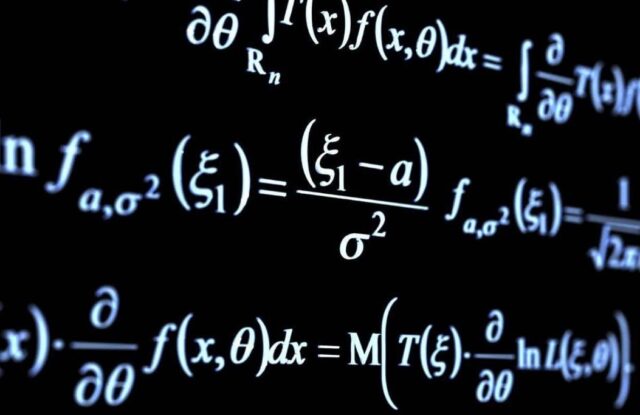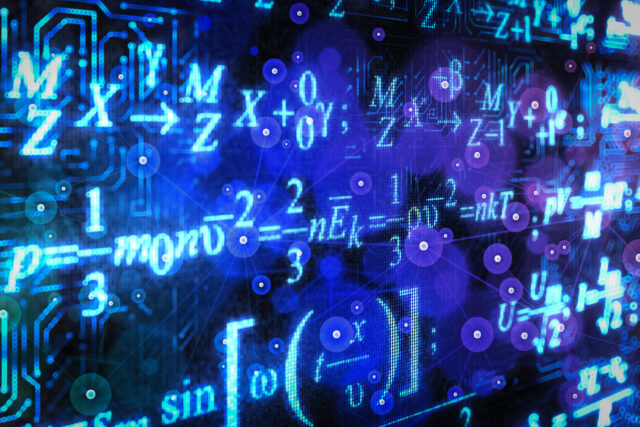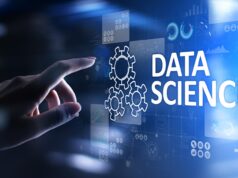
In an era characterized by the rapid advancement of technology, mathematics is emerging as a foundational pillar of education, enabling students to thrive in the digital age.
Beyond its traditional role as a subject of equations and formulas, mathematics serves as a key driver of technological literacy.
In this article, we will explore the profound connection between mathematics and technological literacy and why it is essential to equip students with these skills in today’s digital landscape.
The Digital Age: A Landscape Transformed by Technology
The digital age has ushered in a revolution that permeates every aspect of our lives. From smartphones that connect us to the world, to artificial intelligence that powers innovative applications, technology shapes how we work, communicate, and solve problems.
To navigate this landscape effectively, individuals need to be technologically literate, possessing the skills and knowledge to understand, use, and adapt to technology.
Technological literacy encompasses a range of competencies, including the ability to navigate digital tools, critically assess information online, and understand the principles that underpin technology.
At its core, technological literacy is about being an informed and capable user of technology, and mathematics plays a pivotal role in nurturing these capabilities.
Mathematics and the Language of Technology

At its essence, technology relies on mathematical concepts and principles. From algorithms that power search engines to encryption that secures our online transactions, mathematics forms the backbone of modern technology.
Therefore, to be technologically literate, one must possess a deep understanding of the mathematical foundations upon which technology is built.
In the realm of mathematical literacy and technological proficiency, the Math Solver app crafted by math-master.org stands as an exemplar.
It seamlessly integrates fundamental mathematical principles into practical solutions, making the learning far better than it was before.
- Algorithms and Problem Solving: Algorithms are the step-by-step instructions that computers follow to perform tasks. These algorithms are rooted in mathematical logic and computational thinking. Understanding how algorithms work, and being able to create and analyze them, is a fundamental skill for anyone navigating the digital age.
- Data Analysis and Statistics: In an era of big data, the ability to analyze and interpret data is invaluable. Concepts from statistics and probability theory are essential for making sense of data trends, drawing meaningful conclusions, and making informed decisions based on data.
- Coding and Programming: Coding and programming languages are mathematical in nature. They involve logic, syntax, and problem-solving skills that are deeply rooted in mathematical concepts. Proficiency in coding opens doors to a wide range of technological opportunities.
- Cybersecurity: Understanding the mathematical principles behind encryption and data security is crucial for staying safe online. Concepts like modular arithmetic and number theory are at the heart of encryption algorithms that protect sensitive information.
Mathematics as a Tool for Critical Thinking
In addition to providing the mathematical foundation for technology, mathematics also cultivates critical thinking skills that are invaluable in the digital age.
When students engage with mathematical concepts, they develop problem-solving abilities, logical reasoning, and the capacity to think analytically.
- Problem-Solving: Mathematics encourages students to tackle complex problems by breaking them down into manageable steps. This problem-solving mindset is directly transferable to technological challenges, where the ability to dissect issues and devise solutions is paramount.
- Logical Reasoning: Mathematical reasoning is based on logic and evidence. It requires students to construct clear and coherent arguments. In the digital age, logical reasoning is essential for discerning the validity of information and making informed decisions, especially in an era of fake news and misinformation.
- Analytical Thinking: Mathematics teaches students to analyze patterns, identify trends, and draw conclusions from data. These analytical skills are directly applicable to tasks such as data analysis, which is central to many professions in the digital age.
Mathematics and Technological Literacy in Practice

To illustrate the significance of mathematics in technological literacy, let’s consider a few practical scenarios:
- Digital Citizenship: Being a responsible digital citizen in the digital age entails understanding online privacy, cybersecurity, and ethical behavior. Mathematical concepts, such as probability and statistics, can help individuals assess the risks associated with their online activities and make informed decisions about their digital behavior.
- Career Opportunities: Many professions in the digital age require mathematical skills. From data scientists who analyze vast datasets to software developers who write code, mathematics is at the core of these roles. Being proficient in mathematics opens up a wide array of career opportunities in technology-related fields.
- Problem-Solving in Technology: Whether it’s troubleshooting a technical issue with a computer or designing a new software application, technology-related challenges often require a systematic, problem-solving approach rooted in mathematical thinking.
The Role of Education in Fostering Technological Literacy
Fostering technological literacy through mathematics begins in our educational institutions.
Schools and educators must recognize the intertwined nature of mathematics and technology and adapt their curricula accordingly. Here are some strategies for achieving this:
- Integrated Curriculum: Create an integrated curriculum that emphasizes the mathematical principles underlying technology. For instance, mathematics classes can incorporate coding exercises and data analysis projects to illustrate real-world applications.
- Real-World Problem Solving: Encourage students to apply mathematical concepts to solve real-world problems in technology. This can involve collaborative projects where students use mathematical thinking to address technological challenges.
- Digital Literacy Programs: Develop digital literacy programs that include mathematical components. These programs can teach students not only how to use technology but also how to understand the mathematical concepts driving it.
- Coding Education: Introduce coding and programming as part of the mathematics curriculum. Coding exercises not only teach mathematical logic but also provide practical skills highly relevant in the digital age.
Conclusion: Empowering Digital Natives

As we navigate the complexities of the digital age, it is increasingly clear that technological literacy is not a luxury but a necessity.
Mathematics serves as the bridge between individuals and technology, equipping them with the skills and knowledge needed to thrive in this digital landscape.
Educators, policymakers, and society as a whole must recognize the pivotal role of mathematics in fostering technological literacy.
By integrating mathematics into technology education, we empower students to become informed, capable, and responsible digital natives who can harness the power of technology to shape a brighter future for themselves and the world.
In the digital age, mathematics is not merely a subject—it’s a key that unlocks the doors to endless possibilities.












